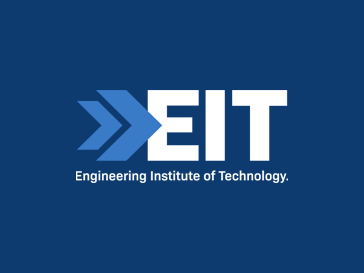Judith Resnik never planned on being an astronaut. Her dreams were initially set on being a professional concert pianist. However, in the end, she was neither. Resnik was an American electrical engineer, software engineer, biomedical engineer, pilot, the first Jewish American in space and the fourth woman in space.
Born in 1949 to Sarah and Marvin, both Jewish immigrants from Ukraine, Resnik grew up in a simple home in Akron, Ohio. Her father was an optometrist and her mother a former legal secretary; however, they would divorce when Resnik was just a teenager.
With a fond crush on Tom Selleck and an infamous halo of dark hair, Resnik excelled at many things throughout her life. An outstanding student, she shone in areas of mathematics, languages and music. She would go on to earn a perfect score in her SAT exams.
 Source: Wikipedia
Source: Wikipedia
Resnik pursued studies in mathematics at Carnegie Mellon University, only to develop a passion for electrical engineering after attending lectures with her boyfriend at the time. She would earn her B.S. degree in electrical engineering in 1970.
In 1977, NASA began recruiting minorities and women to the space program. Recruitment had skyrocketed at the time as Nichelle Nichols was working on the campaign. Nichols played Nyota Uhura in the Star Trek series.
Resnik had never shown particular interest in joining the space program but if her childhood had given example to anything, it was that Resnik shone at whatever challenge she put her mind to. In 1978, at the tender age of twenty-nine, Resnik was one of only six women chosen to be a part of the NASA program.
In 1986, the tenth flight of Space Shuttle Challenger was set to take off. This would be Resnik's second space launch and she was to assist in photographing Halley’s Comet. The mission was under a particular media spotlight due to the attendance of a civilian crew member, a teacher from New Hampshire.
After six days of delays, January 28 was unusually cold. Hundreds of people who had gathered on the ground to watch the launch huddled together in blankets and layers of clothing. Behind the scenes, the Ice Team had worked exhaustively over the course of the night removing ice which had gathered on the launch pad. Despite weather concerns, pressure rising from the constant delays resulted in a mission clearance, though it was rushed and tightly contested.
Engines ignited at 11:38 a.m. EST but 73 seconds into flight, in front of hundreds of eyes on the ground and millions on television, Challenger broke apart. All seven crew members were killed.
Judith Resnik died in one of the worst space disasters in history at the age of thirty-six.
However, Resnik’s memory deserves to be much more than her association with tragedy.
Resnik embodies the qualities that make a role model. She is now and always will be an example of human bravery, determination and brilliance. With a passion for science and uncovering the unknown, Resnik’s soul found a home in space. Her passion and curiosity impacted every life she touched.
Despite her story being cut short, let Judith Resnik remind us of what we are capable of, and inspire women studying engineering of what is possible. To quote her father,
“She had the brain of a scientist and the heart of a poet”.
Godspeed Judith Resnik, thank you.
